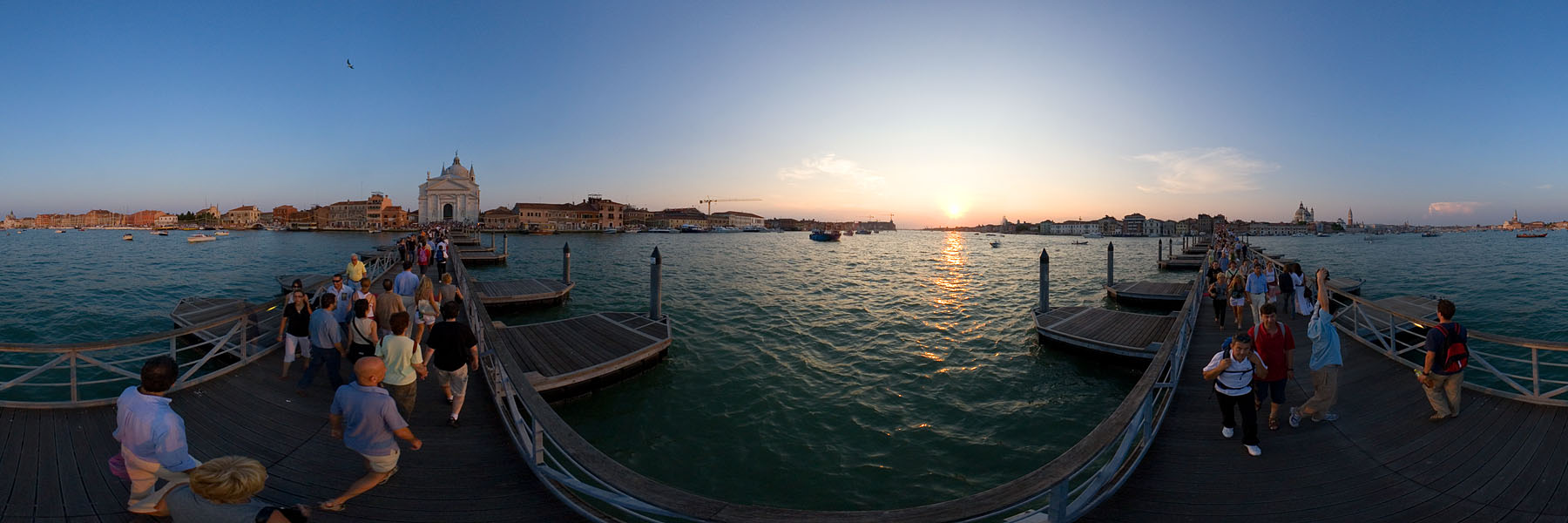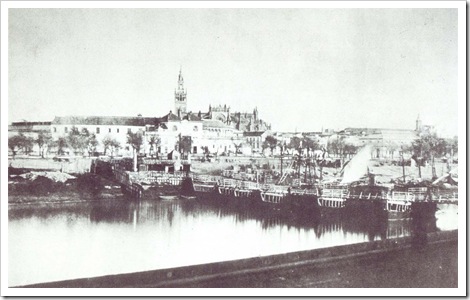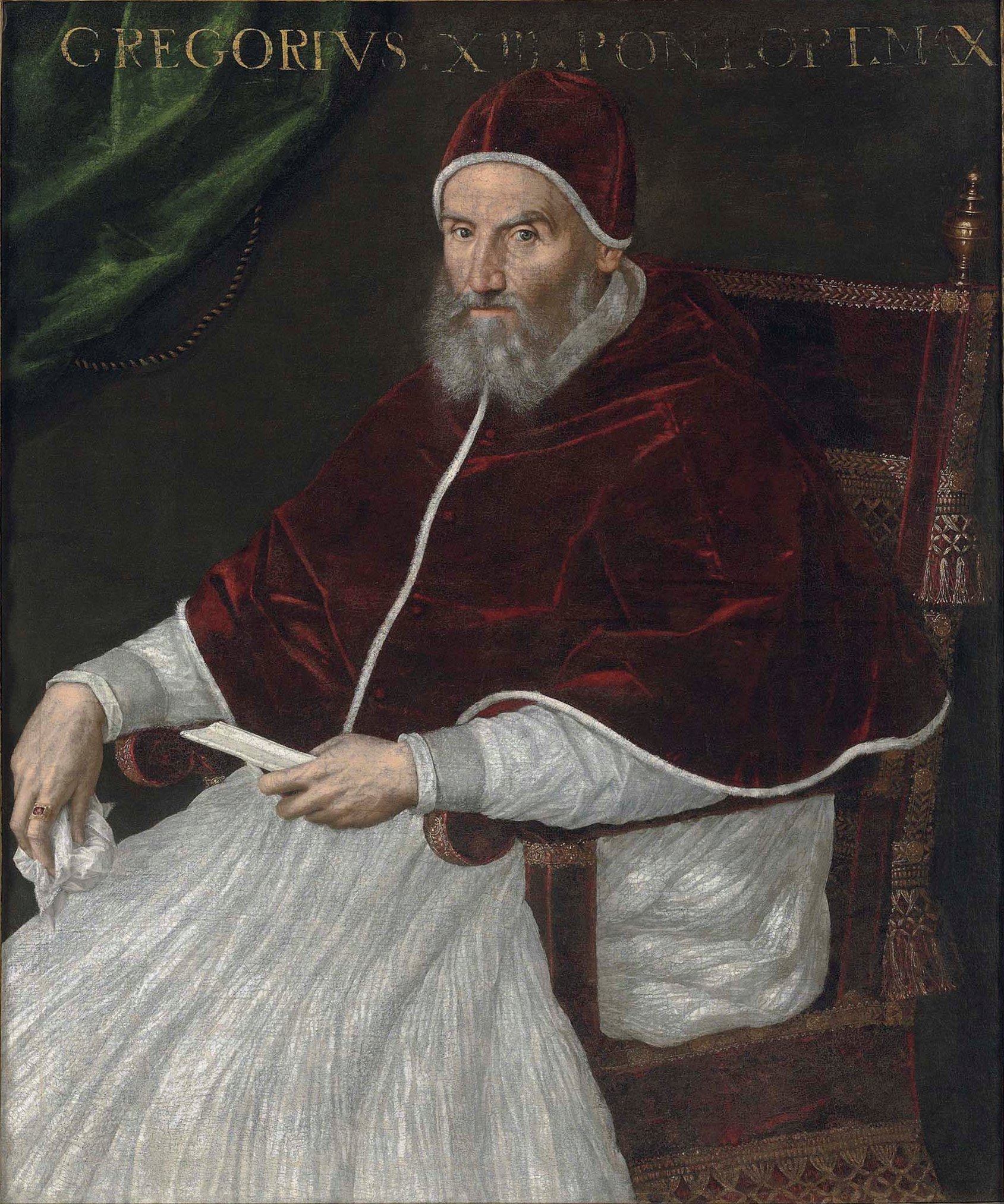|
Il Redentore
The Chiesa del Santissimo Redentore (), commonly known as Il Redentore, is a 16th-century Roman Catholic church located on Giudecca (island) in the ''sestiere'' of Dorsoduro, in the city of Venice, Italy. It was designed by Italian Renaissance architect Andrea Palladio and built as a votive church to thank God for the deliverance of the city from a major outbreak of the plague. Located on the waterfront of the Canale della Giudecca, it dominates the skyline of the island of Giudecca. It is a member of the Chorus Association of Venetian churches and contains a number of paintings by artists including Tintoretto, Paolo Veronese, and Francesco Bassano. History Il Redentore was built as a votive church in thanksgiving for deliverance from a major outbreak of the plague that decimated Venice between 1575 and 1576, in which some 46,000 people (25–30% of the population) died. The Senate of the Republic of Venice commissioned the architect Andrea Palladio to design the votive ... [...More Info...] [...Related Items...] OR: [Wikipedia] [Google] [Baidu] |
Venice
Venice ( ; ; , formerly ) is a city in northeastern Italy and the capital of the Veneto Regions of Italy, region. It is built on a group of 118 islands that are separated by expanses of open water and by canals; portions of the city are linked by 438 bridges. The islands are in the shallow Venetian Lagoon, an enclosed bay lying between the mouths of the Po River, Po and the Piave River, Piave rivers (more exactly between the Brenta (river), Brenta and the Sile (river), Sile). As of 2025, 249,466 people resided in greater Venice or the Comune of Venice, of whom about 51,000 live in the historical island city of Venice (''centro storico'') and the rest on the mainland (''terraferma''). Together with the cities of Padua, Italy, Padua and Treviso, Italy, Treviso, Venice is included in the Padua-Treviso-Venice Metropolitan Area (PATREVE), which is considered a statistical metropolitan area, with a total population of 2.6 million. The name is derived from the ancient Adr ... [...More Info...] [...Related Items...] OR: [Wikipedia] [Google] [Baidu] |
Republic Of Venice
The Republic of Venice, officially the Most Serene Republic of Venice and traditionally known as La Serenissima, was a sovereign state and Maritime republics, maritime republic with its capital in Venice. Founded, according to tradition, in 697 by Paolo Lucio Anafesto, over the course of its History of the Republic of Venice, 1,100 years of history it established itself as one of the major European commercial and naval powers. Initially extended in the ''Dogado'' area (a territory currently comparable to the Metropolitan City of Venice), during its history it annexed a large part of Northeast Italy, Istria, Dalmatia, the coasts of present-day Montenegro and Albania as well as numerous islands in the Adriatic Sea, Adriatic and eastern Ionian Sea, Ionian seas. At the height of its expansion, between the 13th and 16th centuries, it also governed Crete, Cyprus, the Peloponnese, a number of List of islands of Greece, Greek islands, as well as several cities and ports in the eastern Me ... [...More Info...] [...Related Items...] OR: [Wikipedia] [Google] [Baidu] |
Firework Display
Fireworks are Explosive, low explosive Pyrotechnics, pyrotechnic devices used for aesthetic and entertainment purposes. They are most commonly used in fireworks displays (also called a fireworks show or pyrotechnics), combining a large number of devices in an outdoor setting. Such displays are the focal point of many cultural and religious Celebration (party), celebrations, though mismanagement could lead to List of fireworks accidents and incidents, fireworks accidents. Fireworks take many forms to produce four primary effects: noise, light, smoke, and floating materials (confetti most notably). They may be designed to burn with colored flames and sparks including red, orange, yellow, green, blue, purple and silver. They are generally classified by where they perform, either 'ground' or 'aerial'. Aerial fireworks may have their own Air propulsion, propulsion (skyrocket) or be shot into the air by a Mortar (weapon), mortar (aerial shell). Most fireworks consist of a paper or ... [...More Info...] [...Related Items...] OR: [Wikipedia] [Google] [Baidu] |
Festa Del Redentore
The Festa del Redentore is an event held in Venice the third Sunday of July where fireworks play an important role. The Redentore began as a feast – held on the day of the Feast of the Most Holy Redeemer – to give thanks for the end of the terrible plague of 1576, which killed 50,000 people, including the great painter Tiziano Vecellio (Titian). The Doge Alvise I Mocenigo promised to build a magnificent church if the plague ended. Andrea Palladio was commissioned, assisted by Da Ponte, to build a majestic church on the Island of Giudecca. The church, known as Il Redentore, was consecrated in 1592, and is one of the most important examples of Palladian religious architecture. After the foundation stone was laid, a small wooden church was temporarily built, along with temporary bridge of barges from the Zattere, so that the Doge Sebastiano Venier could walk in procession as far as the tabernacle. Afterwards, the Doge made a pilgrimage to the Church of Redentore every year. On ... [...More Info...] [...Related Items...] OR: [Wikipedia] [Google] [Baidu] |
Pontoon Bridge
A pontoon bridge (or ponton bridge), also known as a floating bridge, is a bridge that uses float (nautical), floats or shallow-draft (hull), draft boats to support a continuous deck for pedestrian and vehicle travel. The buoyancy of the supports limits the maximum load that they can carry. Most pontoon bridges are temporary and used in wartime and civil emergencies. There are permanent pontoon bridges in civilian use that can carry highway traffic; generally, the relatively high potential for collapse and sinking (e.g. due to waves and collisions) and high continuous maintenance costs makes pontoons unattractive for most civilian construction. Permanent floating bridges are useful for sheltered water crossings if it is not considered economically feasible to suspend a bridge from anchored Pier (architecture), piers (such as in deep water). Such bridges can require a section that is elevated or can be raised or removed to allow waterborne traffic to pass. Notable permanent pontoo ... [...More Info...] [...Related Items...] OR: [Wikipedia] [Google] [Baidu] |
Doge Of Venice
The Doge of Venice ( ) – in Italian, was the doge or highest role of authority within the Republic of Venice (697–1797). The word derives from the Latin , meaning 'leader', and Venetian Italian dialect for 'duke', highest official of the republic of Venice for over 1,000 years. In standard Italian, the cognate is '' duce'' ( , ), one of National Fascist Party leader Benito Mussolini's titles. Originally referring to any military leader, it became in the Late Roman Empire the title for a leader of an expeditionary force formed by detachments () from the frontier army (), separate from, but subject to, the governor of a province, authorized to conduct operations beyond provincial boundaries. The Doge of Venice acted as both the head of state and head of the Venetian oligarchy. Doges were elected for life through a complex voting process. History The office and title of doge, in relation to Venetia (region) and Venice (city), emerged from older ducal offices (lat. D ... [...More Info...] [...Related Items...] OR: [Wikipedia] [Google] [Baidu] |
Monastery
A monastery is a building or complex of buildings comprising the domestic quarters and workplaces of Monasticism, monastics, monks or nuns, whether living in Cenobitic monasticism, communities or alone (hermits). A monastery generally includes a place reserved for prayer which may be a chapel, Church (building), church, or temple, and may also serve as an Oratory (worship), oratory, or in the case of Cenobium, communities anything from a single building housing only one senior and two or three junior monks or nuns, to vast complexes and estates housing tens or hundreds. A monastery complex typically comprises a number of buildings which include a church, dormitory, cloister, refectory, library, Wiktionary:balneary, balneary and Hospital, infirmary and outlying Monastic grange, granges. Depending on the location, the monastic order and the occupation of its inhabitants, the complex may also include a wide range of buildings that facilitate self-sufficiency and service to the commun ... [...More Info...] [...Related Items...] OR: [Wikipedia] [Google] [Baidu] |
Order Of Friars Minor Capuchin
The Order of Friars Minor Capuchin (; postnominal abbr. OFMCap) is a religious order of Franciscan friars within the Catholic Church, one of three " First Orders" that reformed from the Franciscan Friars Minor Observant (OFMObs, now OFM), the other being the Conventuals (OFMConv). Franciscans reformed as Capuchins in 1525 with the purpose of regaining the original Habit (tunic) of St. Francis of Assisi and also for returning to a stricter observance of the rule established by Francis of Assisi in 1209. History Origins The Order arose in 1525 when Matteo da Bascio, an Observant Franciscan friar native to the Italian region of Marche, said he had been inspired by God with the idea that the manner of life led by the friars of his day was not the one which their founder, St. Francis of Assisi, had envisaged. He sought to return to the primitive way of life of solitude and penance, as practised by the founder of their Order. His religious superiors tried to suppress the ... [...More Info...] [...Related Items...] OR: [Wikipedia] [Google] [Baidu] |
Pope Gregory XIII
Pope Gregory XIII (, , born Ugo Boncompagni; 7 January 1502 – 10 April 1585) was head of the Catholic Church and ruler of the Papal States from 13 May 1572 to his death in April 1585. He is best known for commissioning and being the namesake for the Gregorian calendar, which remains the internationally accepted civil calendar to this day. Early biography Youth Ugo Boncompagni was born the son of Cristoforo Boncompagni (10 July 1470 – 1546) and Angela Marescalchi, and paternal grandson of Giacomo Boncompagni and Camilla Piattesi, in Bologna, where he studied law and graduated in 1530. He later taught jurisprudence for some years, and his students included notable figures such as Cardinals Alexander Farnese, Reginald Pole and Charles Borromeo. He had an illegitimate son after an affair with Maddalena Fulchini, Giacomo Boncompagni, but before he took holy orders, making him the last Pope to have left issue. Career before papacy At the age of 36 he was summoned to Rome ... [...More Info...] [...Related Items...] OR: [Wikipedia] [Google] [Baidu] |
Giovanni Trevisan
Giovanni Trevisan (; 1503 – 1590) was Patriarch of Venice from 1560 to his death. Life He was born in Venice on 13 July 1503 to the patrician Paolo di Andrea Trevisan and Anna di Giovanni Emo. He entered the Benedictine Order and, after graduating in utroque iure at the University of Padua, in 1530 he became abbot of the monastery of San Cipriano in Murano, succeeding his paternal uncle of the same name who had renounced the title. During this office he paid for the restoration of the ciborium and the construction of a large side chapel. On 10 December 1559, after the patriarch of Venice Vincenzo Diedo died, the Venetian Senate elected Trevisan as his successor. The choice was validated by Pope Pius IV on 14 February 1560, who at the same time confirmed his ad personam possession of San Cipriano. Giovanni Trevisan was consecrated bishop in San Pietro di Castello, on 8 September 1560 by the Nuncio in Venice, Pier Francesco Ferrero. The election of Trevisan, the first religio ... [...More Info...] [...Related Items...] OR: [Wikipedia] [Google] [Baidu] |
Patriarch Of Venice
The Patriarch of Venice (; ) is the ordinary of the Patriarchate of Venice. The bishop is one of only four patriarchs in the Latin Rite of the Catholic Church. The other three are the Patriarch of Lisbon, the Patriarch of the East Indies and the Latin Patriarch of Jerusalem. Presently, the only advantage of this purely formal title is the bishop's place of honor in papal processions. In the case of Venice, an additional privilege allows the patriarch, even if he is not a cardinal, the use of the colour red in non-liturgical vestments. In that case, the red biretta is topped by a tuft, as is the custom with other bishops who are not cardinals. The diocese of Venice was created in 774 as suffragan of the Patriarchate of Grado. It was only in 1451 [...More Info...] [...Related Items...] OR: [Wikipedia] [Google] [Baidu] |








